The 1880s was a decade of huge change in Michigan’s Upper Thumb. The lumbering era was dwindling and family farms were getting firmly established after the great fires of 1871 and 1881 served to clear thousands of acres of brush cover. The agricultural era was beginning and the Thumb region would soon excel in bean and sugar beet production. The Sebewaing Cider and Jelly Factory was a result of the large number of fruit farms on the western edge of the Thumb.
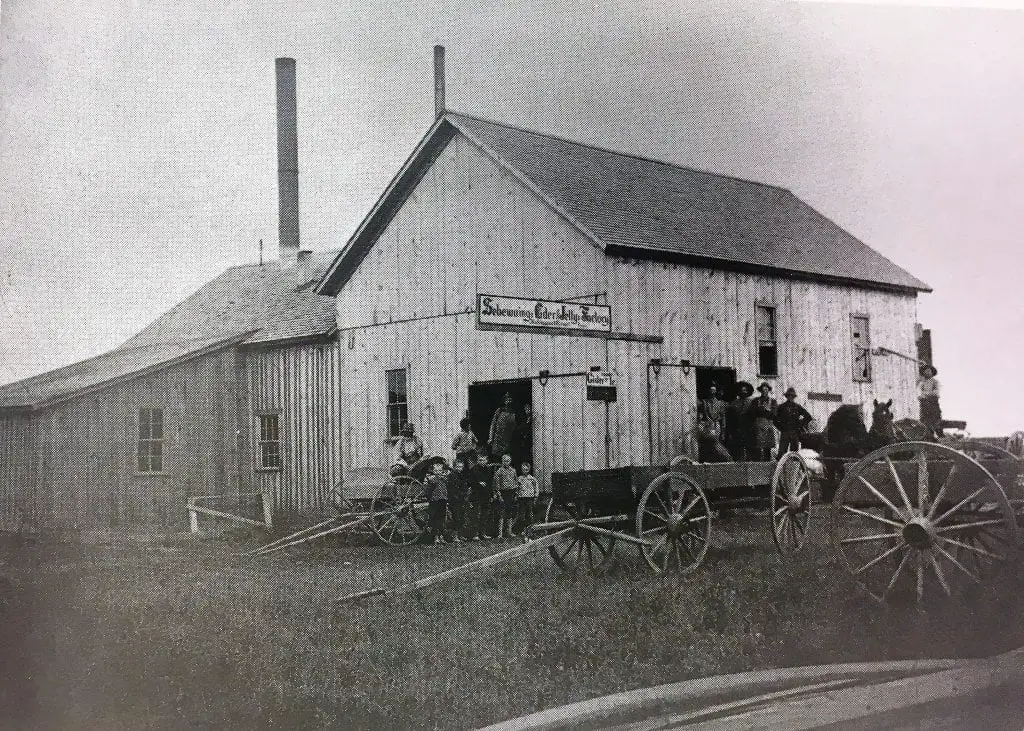
Entrepreneurs were also creating new businesses at a remarkable rate. In Sebewaing, the town of just over 1,300 was known for coal mining, boat building, and grape vineyards. Folks ventured into businesses to fill a void of products and services for a growing population. Blacksmith’s, Dry Goods, and Creamery’s, sprang up around Huron County clustering in four-corner villages.
Families Come Together to Create a Sweet Treat
On the west side of the Upper Thumb, two farm families put their resources together and built Sebewaing Cider and Jelly Factory. It’s likely that the business stepped up to serve farmers with overproducing orchards and vineyards that the area was known for. This type of business was fairly common at the time, however short of this fine picture little is known about the families who created it or how long the enterprise lasted.
Maybe our readers can fill this void on what became of the Sebewaing Cider and Jelly Factory.
Source: Thumbs Up: a collection of historical essays on Huron County and the Thumb. (1999) The University of Michigan, Bentley Libary
Historical Sites In Sebewaing
Luckhard Museum / The Indian Mission
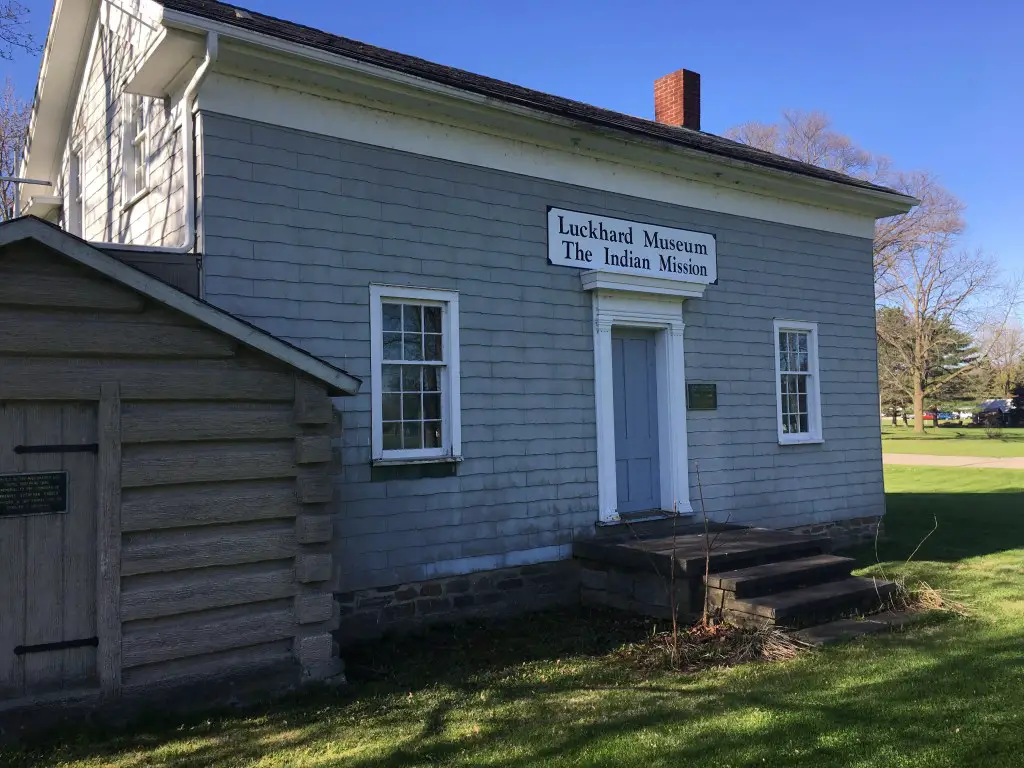
The Lockhard Museum and Historic Site is a tiny campus on the grounds of a former Lutheran Mission constructed in 1849 to teach the faith to American Indians. From June through September, this museum is open on the first Sunday of each month from 2:00 p.m. to 4:00 p.m. It is also open multiple times during the Sebewaing Michigan Sugar Festival and on Memorial Day.
A copy of the little wooden church erected in the Chippewa settlement near Shebahyonk Creek on Wild Fowl Bay in 1845. (Today, this location is assumed to be the Sumac Island Access DNR Site at the end of Pigeon Road in the state of Michigan.) Rev. J. F. Maier, the missionary, transported lumber from Bay City by ship, and the home was completed in the summer of 1849. It was regarded as one of Huron County’s earliest finished lumber houses. The mission operated until 1854 when the Tribal members abandoned the area and the Thumb region. Charles F. Luckhard relocated the building to its current place and renovated it in the 1950s. In 2007, Sebewaing Mi was designated as a National Historic Site.
Sebewaing Township Hall
The township of Sebewaing was established in 1853. The board decided to build the township hall using “liquor money” in 1877. Voting booths, a courthouse, a jury room, a prison, and a meeting hall were all part of the unusual two-story town hall. Until the fire service abandoned the building in 1883, the front entrance was offset to allow twin-engine room doors. The Sebewaing Area Historical Society restored the hall to its original appearance in 1878 in 2006.
Sebewaing Depot
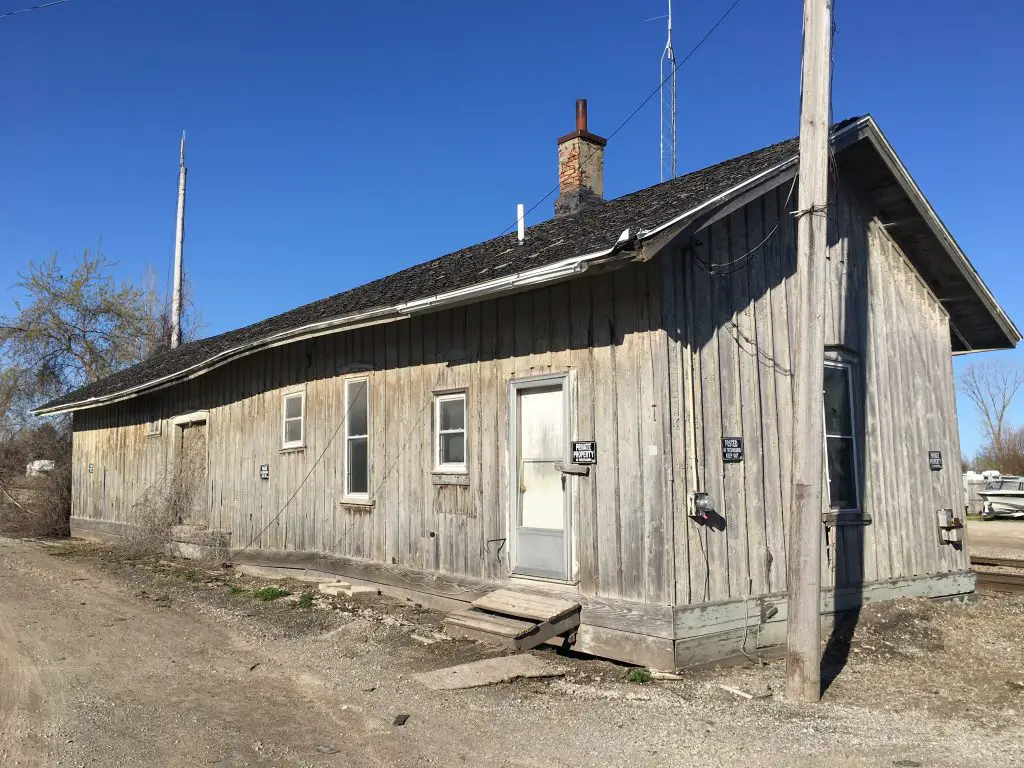
The Sebewaing Railway Depot was built about 1903. The railway was part of the Saginaw, Tuscola, and Huron Railroad and was later bought by Pere Marquette Railroad.
Mark Rummel summed up the importance of this historical site the best. Mark noted, “Sebewaing’s depot is still very much in use, even though it might not look like it is from its exterior. Two trains each day depart from both Saginaw and Bad Axe, one in the morning and one at night, each heading for the other destination. Since Sebewaing is about the mid-point of that trip, each train stops here and waits for the arrival of the second train.”
“Then, the Saginaw train crew gets off its Bad Axe-bound train and takes over the Bad Axe train headed to Saginaw, for instance. The other crew does the same… and everyone heads back to their starting point, and their own home base. The engines and cars get to their destination, but it’s through a crew change midway along the line! I think it’s a very clever answer to moving staff around.
SECOND, another reason Sebewaing’s depot is an important one is that… ready for this… it supposedly has the only working train crew toilet between Saginaw and Bad Axe! That’s a good enough reason for many people!”
More Amazing Reading
- Sebewaing was a Winter Fishtown in 1878
- Sebewaing’s Harbor Meant Business
- Download Thumbwind’s Android App
- Huron Counties Wonderful Golf Courses
Discover more from Thumbwind
Subscribe to get the latest posts sent to your email.

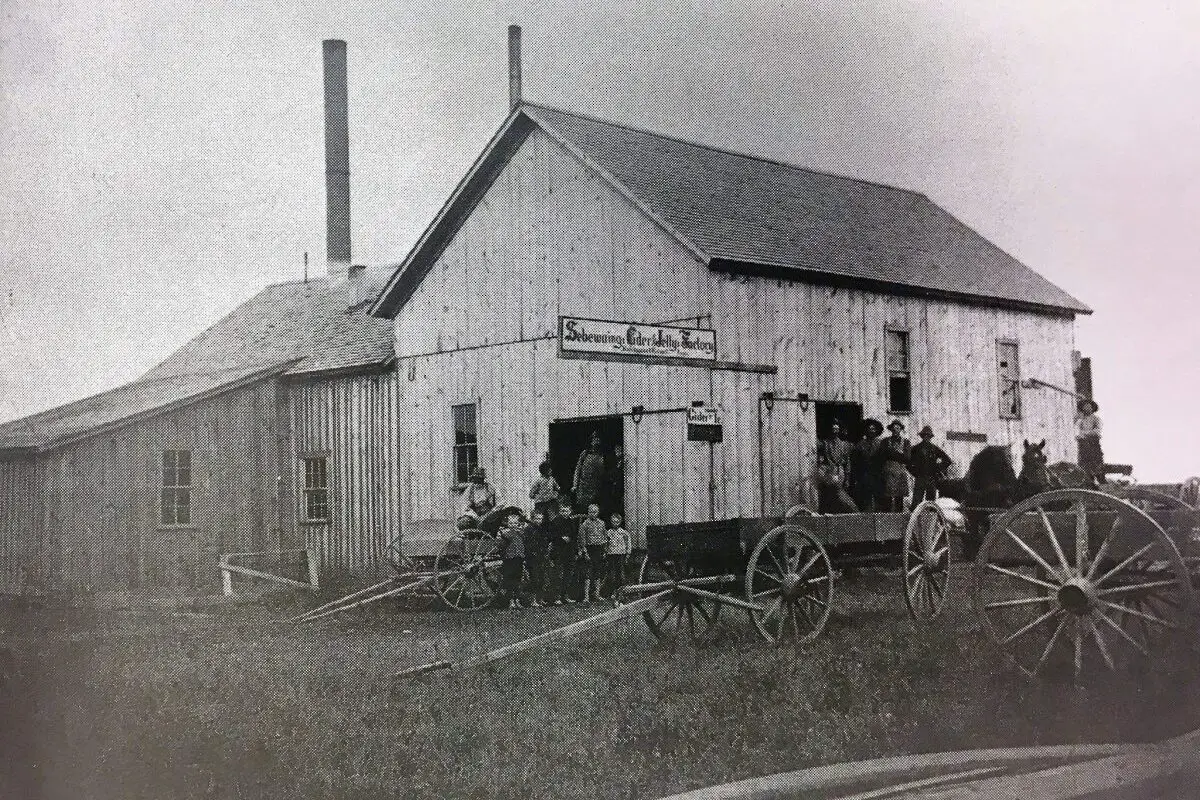


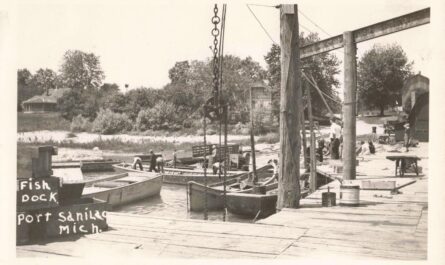

I know nothing of the Sebewaing Cider mill,but thought I would mention the one in Bach as a passing note. I had a great great uncle who planted an orchard in Colwood for cider apples. I remember as a child visiting a family friend there that had what he called a cider apple tree growing in his front yard. The fruit were huge and as sour as they were big.
It appears that there were many orchards on the western edges of the Thumb. Ora Labora Colony was planning on planting a vinyard on one of the islands in Wild Fowl Bay.